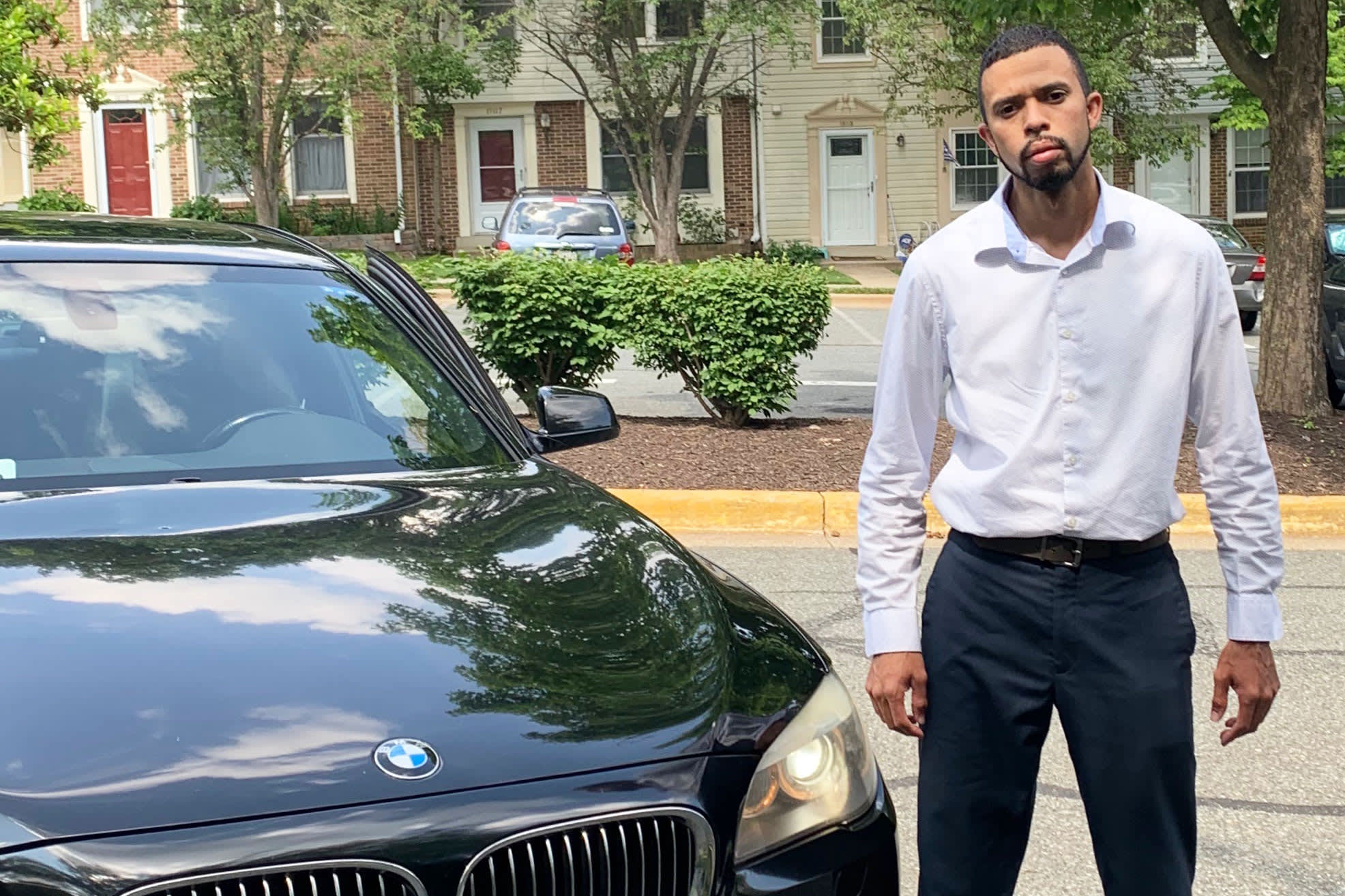David Umanzor is an Uber driver in Washington, D.C. Part of the time he’s driving, he’s scouting properties for an investor, Daniel DiGiacomo, who has been flipping homes for a decade, but has never seen the market this tough.
“With the prices as high as they are now, the margins on our flips are pretty slim,” DiGiacomo said.
Competition is fierce among flippers, because the returns are falling, hitting the lowest point in eight years during the first quarter this year. Nationwide, flippers saw an average return on their investment of about 39% during the first three months of 2019, down from 42.5% in the previous quarter and nearly 49% a year ago, according to ATTOM Data Solutions. The number of flips are down 8% annually, so the stakes are up.
“Investors may be getting out while the getting is good, before the market softens further,” said Todd Teta, chief product officer at ATTOM Data Solutions. “Gross profits and ROI are starting to weaken and the number of investors that are flipping is down 11% from last year.”
Precisely why DiGiacomo has hired about 150 Uber and Lyft drivers to scour the streets for opportunities. It’s his way of getting ahead of the competition in a larger geographical range.
“The best deals are always the deals that we put our eyes on, and I can’t put my eyes on every single deal, so Uber drivers are out there, they’re looking at all kinds of different neighborhoods, they’re putting their eyes on many houses, and if they see something that we’ve talked about fits my strategy then they send it over,” he said.
DiGiacomo used to go to auctions, but he says there are too many bidders there now, driving prices even higher. As for regular property listings from real estate agents, low mortgage rates have too many regular buyers competing with him. That’s why he’ll pay a driver $500 for a lead that turns into a sale. So far this year he says his team of 150 drivers has put in about 2,200 leads, and he normally closes about one deal per 100-150 leads. Overall, he makes about 15 deals a year.
For David Umanzor, the additional part-time job is a no-brainer.
“You’re making money, and when you’re having down time, and there’s not much requests coming in, let’s say on a Sunday morning you’re driving at 11 or 12 o’clock in the afternoon, maybe you want to take your lunch break, you see a couple of properties, you take a picture of a property,” he said.
And, because he dabbles in real estate investing himself, Umanzor knows exactly what he’s looking for.
“Windows are broken, it’s not updated, you may see some exterior outside AC unit sticking out of the window, there’s tons of mail, overgrown grass,” he said.
When he finds something, he takes a picture of it on a special app that can pinpoint the location, as well as the specifics of the home from public records.
If DiGiacomo ends up buying the property, Umanzor beamed, “I just made 500 bucks and I just drove around.”
For other drivers who might not be as savvy, DiGiacomo gives them a quick lesson.
“The education part is certainly a key element. I tell them to look for any sort of deferred maintenance, like the porches aren’t painted, the grass may be overgrown,” he said.
In the Petworth neighborhood in northwest Washington, Umanzor stops in front of a row of houses. One has clearly been renovated, with all new windows and an added roof deck.
“Next to it you have a property that – the porch looks bad, it looks like it’s vacant, and the property next door is a corner lot, which is a great opportunity for an investor,” he explained. “So something like this, I’ll take pictures of both of these properties, and say, ‘Hey, Daniel, there’s some opportunities here.'”

